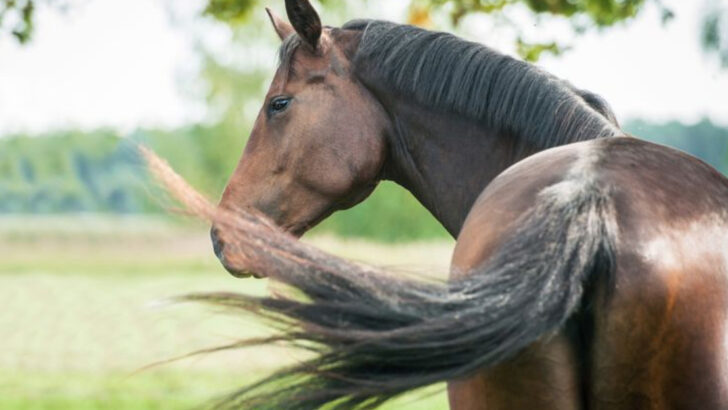A silent horse can be screaming on the inside.
They can’t tell you with words, but your horse has plenty to say—if you know how to listen. Unhappiness doesn’t always show up with a dramatic rear or a loud whinny. Sometimes, it’s in the small things: a flick of the tail, a dull look, or a sudden refusal to be saddled.
Ignore those signs, and you risk more than just a bad ride. Stress can take a toll on their health, their trust, and the bond you’ve built together.
Every stomp, nip, or stubborn pause might be your horse trying to tell you something’s wrong.
Here are 13 red flags that your horse isn’t happy—and what you can do to turn things around.
Dull Coat
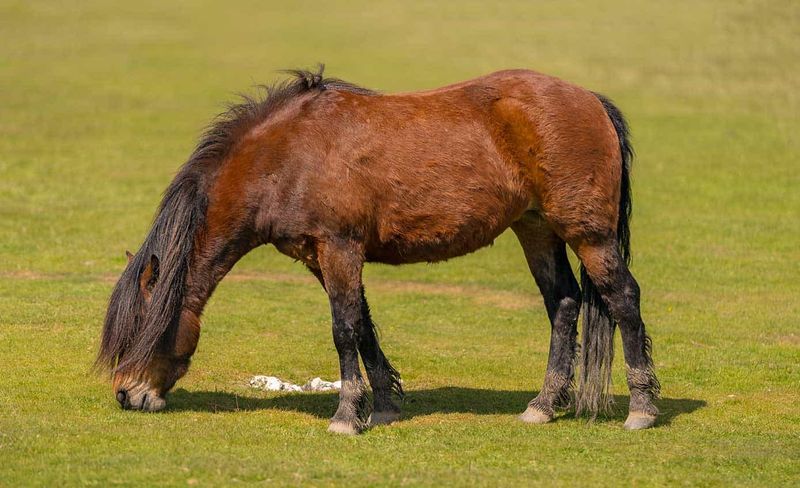
A shiny coat is often a sign of a healthy, happy horse. If your horse’s coat appears dull or lackluster, it may indicate underlying issues. Nutritional deficiencies, lack of grooming, or even stress can lead to this condition. Ensure your horse receives a balanced diet and regular grooming sessions.
A thorough brushing will not only enhance their coat’s shine but also serve as a bonding experience. Additionally, consult with a veterinarian to rule out any health problems. Your horse deserves to shine both inside and out.
Remember, a vibrant coat is a mirror of inner well-being.
Lack of Appetite
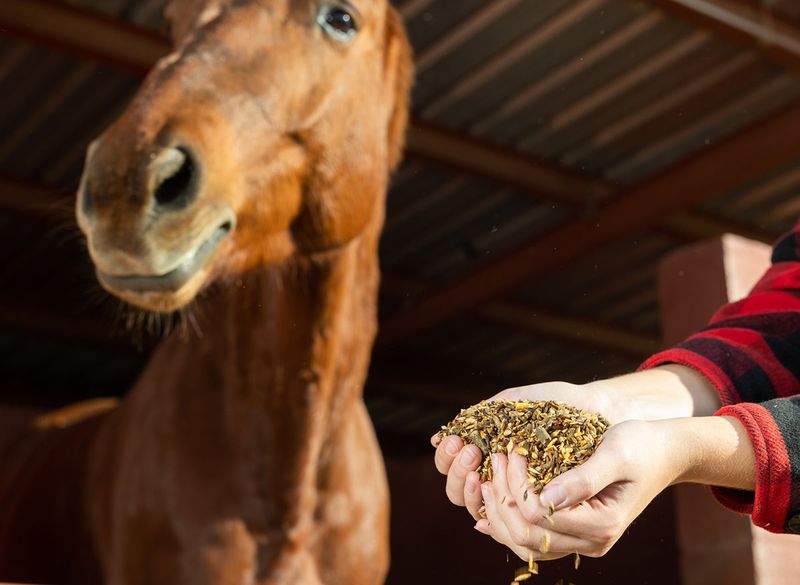
When a horse refuses food, it’s a clear signal that something’s wrong. Typically, horses eagerly anticipate feeding time, and a lack of appetite can be troubling. This may be due to dental issues, stress, or illness.
Check your horse’s teeth for any problems and consider their environment for stressors. Routine vet check-ups are essential to identify and address potential issues early.
Feed them in a calm, familiar place to encourage eating. Addressing the root cause of their disinterest is vital to restoring their zest for meals.
Weight Loss
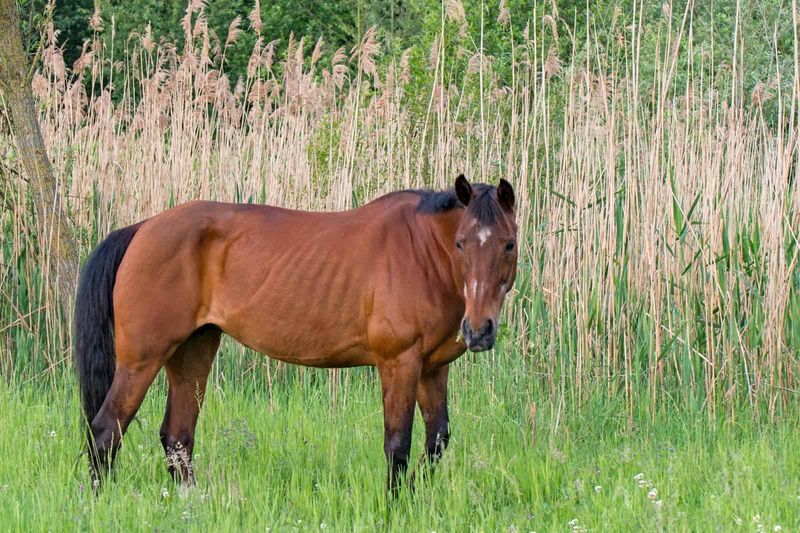
Weight loss in horses can hint at underlying health problems or inadequate nutrition. Observing sudden or gradual weight loss requires immediate attention. A horse’s dietary needs can change with age, activity, or health conditions.
Regularly assess their diet and make adjustments as necessary. Consulting with an equine nutritionist might provide valuable insights.
Moreover, check for parasites by having regular fecal exams, as they can affect weight. Keeping an eye on your horse’s physique is crucial for their overall happiness and health.
Isolation from Others
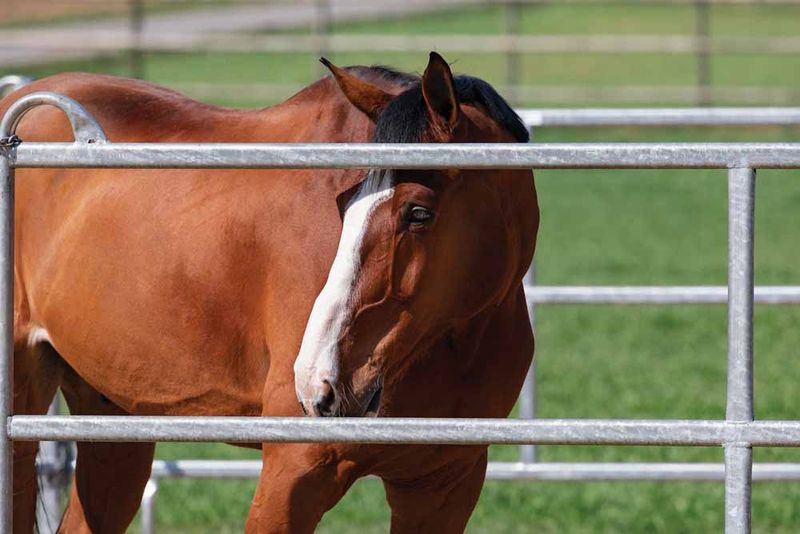
Horses are social creatures; thus, isolating themselves from their herd can signify distress. Whether it’s due to illness, bullying, or anxiety, it’s important to identify the cause.
Observe interactions among the herd to ensure no aggressive behaviors are present. If isolation persists, consider consulting an equine behaviorist.
Providing a safe and welcoming environment encourages socialization. It’s essential to foster friendships among the herd as social bonds contribute to a horse’s mental well-being and happiness.
Restlessness and Pacing
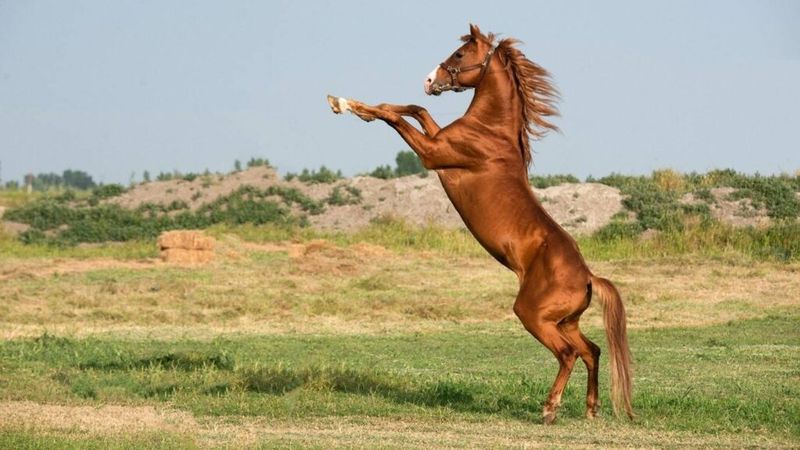
Restless behavior and pacing often indicate anxiety or discomfort in horses. It may stem from being confined too long, boredom, or environmental changes.
Ensure your horse has ample space and opportunities for exercise. Introducing new activities or toys can alleviate boredom.
Create a stable routine to provide a sense of security. If restlessness continues, a professional assessment can help identify underlying issues. A calm, content horse will exhibit relaxed body language and behavior, so it’s vital to address any signs of restlessness promptly.
Aggressive Behavior

Aggression in horses can be alarming and is often a red flag for underlying discomfort or fear. It may manifest as biting, kicking, or charging at others.
Understanding the triggers for such behavior is key. Sometimes, it’s as simple as adjusting their environment or routine. Other times, professional intervention may be needed.
Evaluate if pain or discomfort is present and ensure their living conditions promote peace. A harmonious environment fosters gentleness and cooperation among horses, reducing aggressive tendencies.
Frequent Lying Down
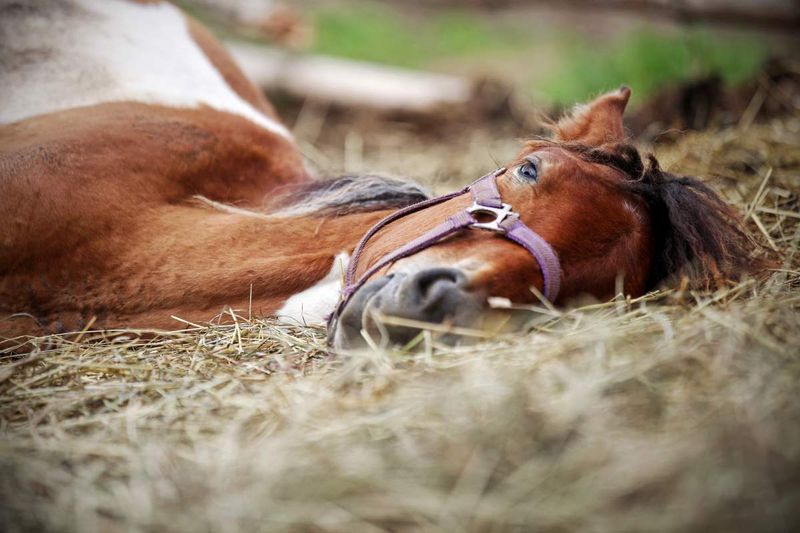
While horses do lie down to rest, frequent lying down can be concerning. It could indicate colic, pain, or other health issues.
Regular monitoring of their behavior and quick response to any signs of distress is critical. Ensure your horse has a comfortable resting area free from disturbances.
Contact a veterinarian if you notice unusual patterns in their resting behavior. An alert, happy horse will balance periods of rest with active exploration of their surroundings.
Change in Gait
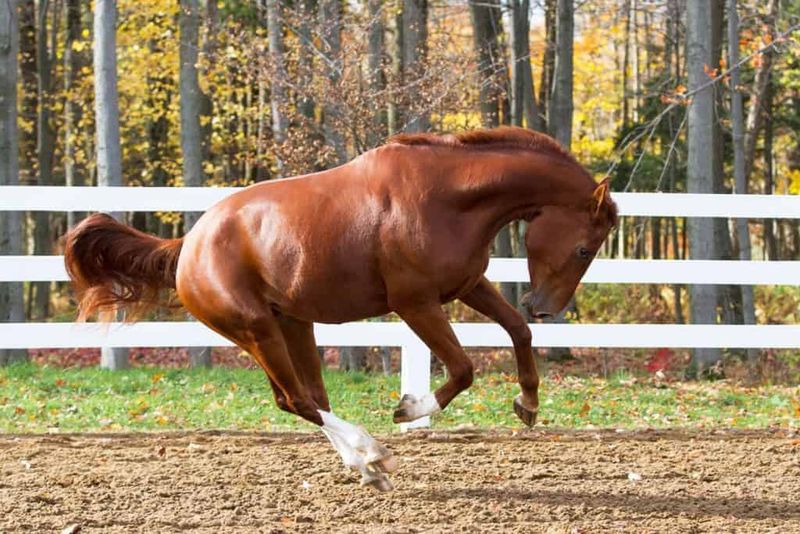
A sudden change in gait or a limp often signals a problem that requires immediate attention. It could be due to an injury, hoof issue, or arthritis.
Regular hoof care and checks for stones or injuries are vital. Consult with a farrier and veterinarian to ensure proper hoof health and address any concerns.
Timely intervention can prevent long-term damage. A horse with a smooth, steady gait reflects their comfort and happiness, so it’s crucial to address any changes swiftly.
Excessive Sweating

Excessive sweating in horses, especially when not active, can indicate stress, pain, or overheating. Keeping a close eye on the weather conditions and the horse’s workload is essential.
Provide shade, fresh water, and appropriate rest during hot weather. If sweating seems unrelated to activity or temperature, consult a vet to rule out health issues.
A relaxed horse will sweat appropriately, reflecting their ease and comfort with their surroundings.
Ear Pinning
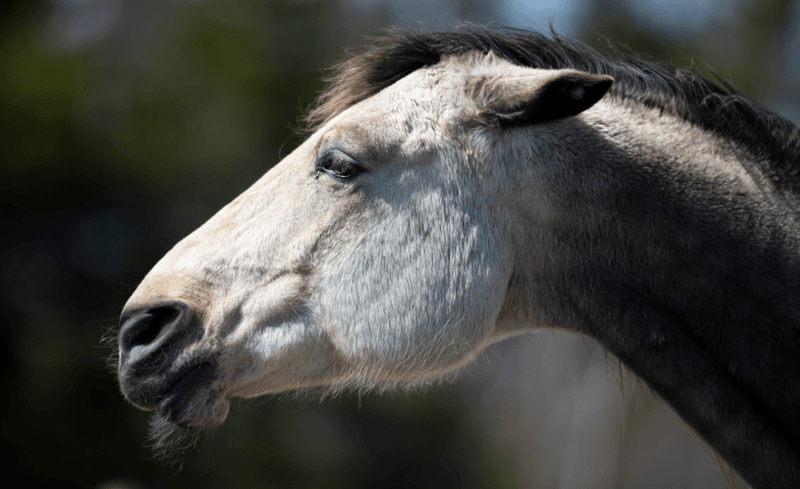
Pinned ears are a classic sign of irritation or anger in horses. This behavior can be directed towards other horses, humans, or during specific activities. Understanding the context is key to addressing the issue.
Evaluate any recent changes to their environment or routine that might be unsettling. Ensure their physical needs are met, and watch for any signs of discomfort.
Horses with content, happy ears will generally have them forward or relaxed, indicating a positive state of mind.
Tail Swishing
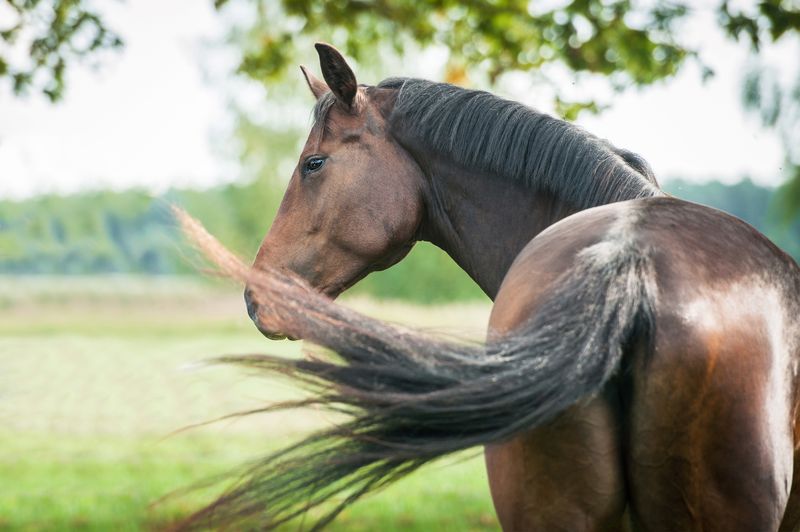
Tail swishing is a natural behavior to ward off insects, but excessive swishing can be a sign of annoyance or discomfort. It’s crucial to identify the cause, whether it’s pests, poor-fitting tack, or skin irritation.
Regular grooming and proper fitting equipment can alleviate some causes. Fly repellents and screens are helpful during insect-heavy times.
A horse’s tail is a powerful communication tool, and understanding its language can enhance your bond with your horse.
Frequent Whinnying
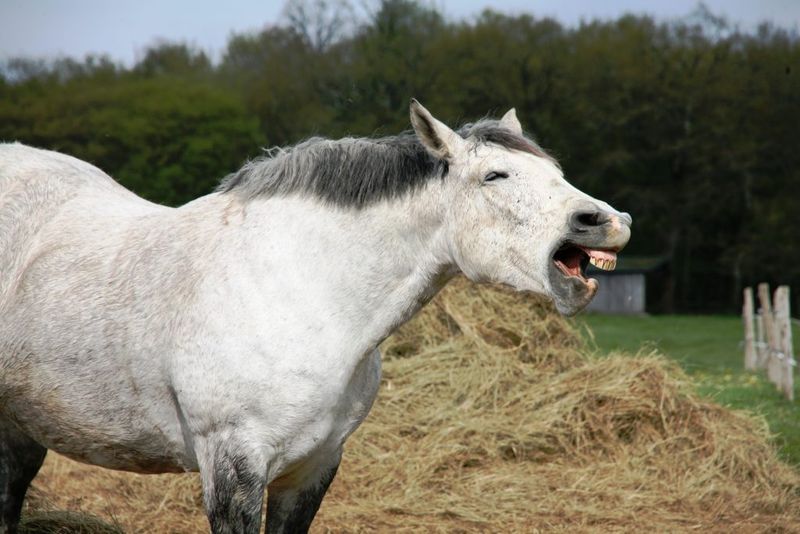
Excessive vocalization can indicate separation anxiety or distress. Horses often whinny to communicate with others, but repeated whinnying can be a cry for help.
Observe if this behavior occurs when they’re alone or during specific times. Ensuring they’re not left isolated for long periods is important.
Establishing a consistent routine can provide comfort. Horses thrive on companionship and stability, so addressing frequent whinnying is essential for their happiness.
Refusal to Move
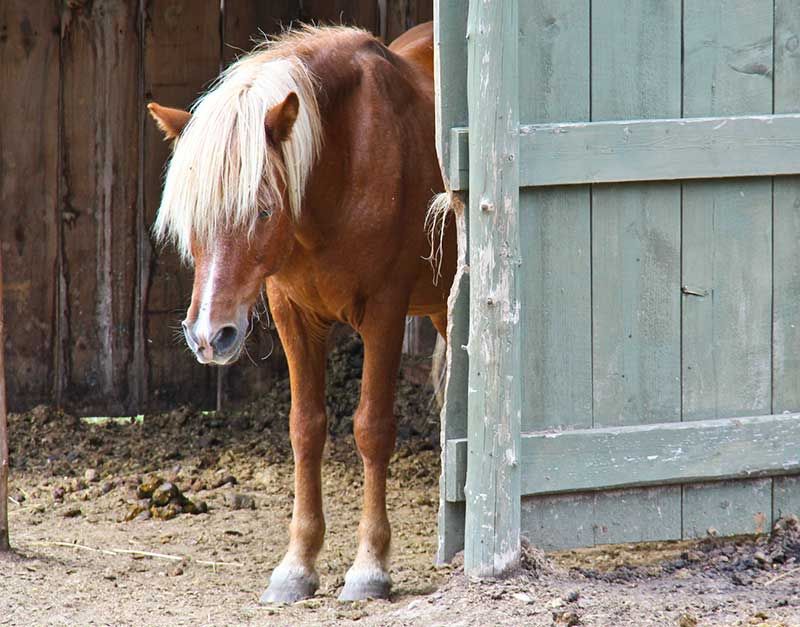
A horse refusing to move might be in pain or discomfort, or simply unwilling to follow commands. Identifying the root cause is important.
Evaluate their tack, as ill-fitting equipment might be the culprit. Ensure they’re not experiencing discomfort or fear.
Patience and positive reinforcement can encourage movement. Engaging with a trainer might also help if the behavior persists. Ensuring a happy, motivated horse requires understanding their needs and responding empathetically.

